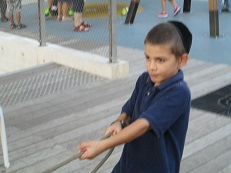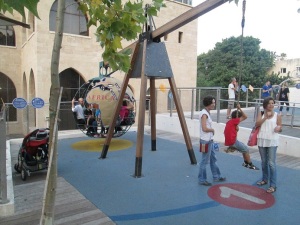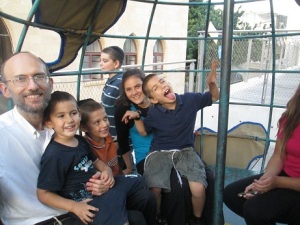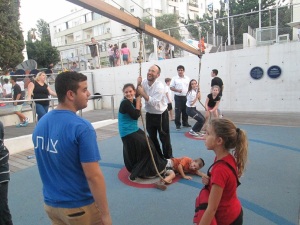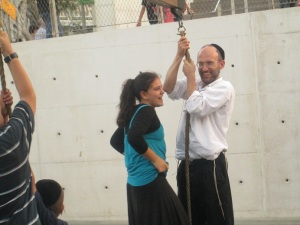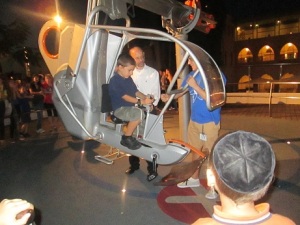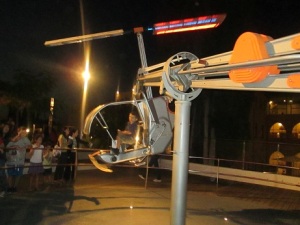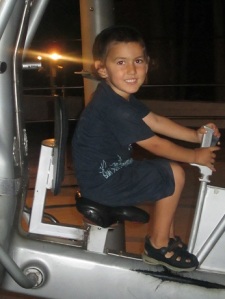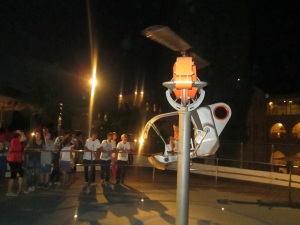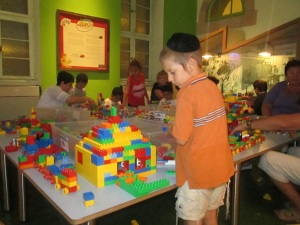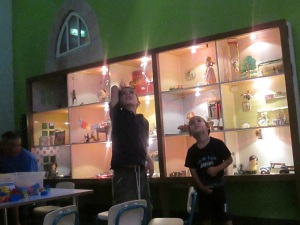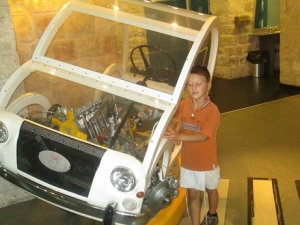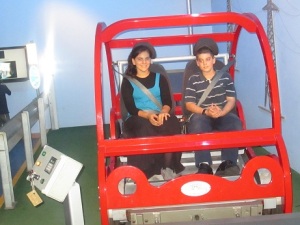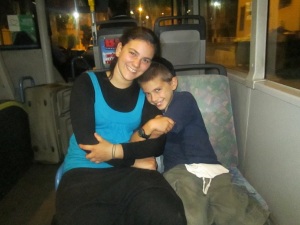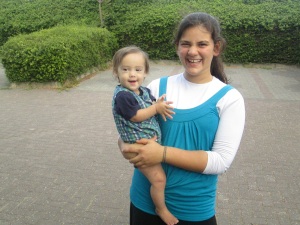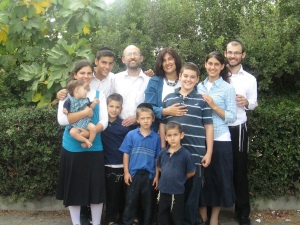>>How do you maintain your energy, keep the laundry, home, and kitchen in order, make sure everyone is occupied with educational things, and maintain your mental health for the sake of your children? I hope I don’t sound too negative, just wondering how you “pull it off”?<<
I’ll tell you right off the bat that a huge part of this answer is about attitude and expectations. I see that those who think that every bit of information has to be taught in a traditional school format tend to have much more stress than those who believe that learning is something that happens naturally. My academic focus is on the skills of reading and writing (in Hebrew and English) and math. Once they have strong skills in these areas, I know they’ll be able to learn anything. I either integrate other topics like history and science into our reading or treat it as extracurricular. This trust in a child’s desire to learn and in the natural learning process takes a lot of pressure off.
An acquaintance with 14 children called a couple of weeks ago and upon learning I was homeschooling, asked me several times, “But when do you get anything done? When do you rest?” I find homeschooling easier than having kids in school but it certainly takes effort! A general plan for the day helps me get things done in a way that feels balanced to me.
I do a load of laundry before I go to sleep. As soon as I wake up, I hang that load and put another one in. The little kids are always awake by now and they play together while I’m doing this. Then I make breakfast and everyone eats together. By the time we’re finished, the next load is ready and I hang that out. Then if necessary I put another load in the washer. I wash the dishes and neaten up the living room/dining room and kitchen and ask the kids to make their beds and put their dirty clothes in the hamper and pajamas away. After the house is in order, our official homeschooling time begins. This is around 9 am.
By about 12 – 1 pm, I’m wrapping up my active involvement with the kids’ learning though of course I continue to be involved with them when the academics are officially done! And of course the learning continues beyond this time, too! I hang out the next load of laundry and start to make lunch around then, and my goal is to have lunch ready about 1:30 – 2 pm. We sit down to lunch together and afterwards, this is when I rest if I’m feeling like I need it. Sometimes I ask the older kids to keep an eye on the younger ones, but often I have quiet time for everyone in the family and the older kids can read quietly while the younger kids and I nap. After about an hour, we have time for friends and outdoor play. Then we do a quick pick up of the house, have dinner together, get ready for bed and have bedtime readalouds. That’s our day in a nutshell!
I’ve found it works best for me to dedicate the morning hours to homeschooling, and that means I’m not available for other things. Not cleaning, not errands, not cooking, not anything else. I don’t answer the phone in the mornings (unless it’s one of my older kids calling), I try to schedule appointments either very early in the morning or later in the day, and I stay off the computer. The computer can be a big time suck because you can get on to check one email and before you know it you’re checking this and then reading that and then it’s an hour later with your kids getting restless because you’re not present for them.
I try to limit my personal computer time to the evenings when the younger kids are in bed. I tend to stay up too late; I’m working on getting to sleep earlier but this is an ongoing challenge for me. It’s much easier now that the oldest kids aren’t home and I’m optimistic that as we get back into our rhythm that this will improve; having teens who stay up late shifted everyone’s sleep schedule later. Getting enough sleep is critical to our physical health and emotional functioning; we all know that but most of us still don’t make this a priority!
Being able to get to sleep earlier and have time for the things we need to do also depends on our ability to say ‘no’. We can’t do it all, and we have to guard our energy so it’s available for what is most important to us. For me, this means cutting down on things that I would like to do and being honest with myself that when I go outside of these parameters, someone is going to be compromised – and it’s usually myself. It also means valuing my energy and recognizing my needs as at least as important as the needs of everyone else.
Time for myself is critical, and I think I’m like most mothers in that I don’t allot enough to this. I enjoy spending time with the kids and don’t usually feel I need to get away. But I still appreciate time with other women. For the past few months I’ve been attending a weekly lecture that I’ve really enjoyed, but that’s unfortunately ending next week. I attend periodic social activities and when the kids have play dates or I take them to the park, it’s often a nice opportunity for me to chat with other moms. For a while this spring/summer I was making regular time once a week to get out by myself, but I didn’t maintain that and now that dh is back (after four months away) I’m not feeling it’s as critical. Dh usually takes care of the bedtime routine so that gives me a break every evening that I really appreciate.
As you can see, you don’t have to be Superwoman to homeschool. What you do have to do is be willing to prioritize and use your energies toward what is most important for you.
Avivah

